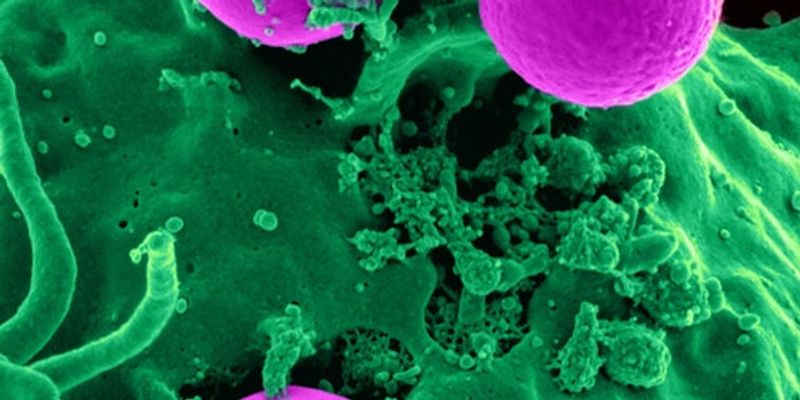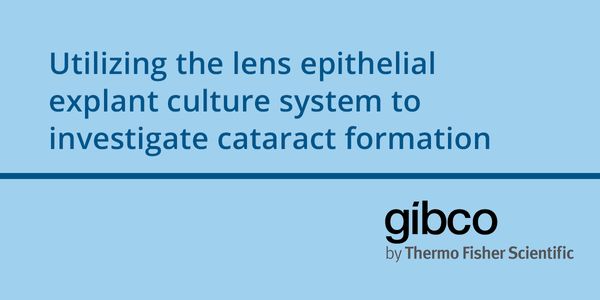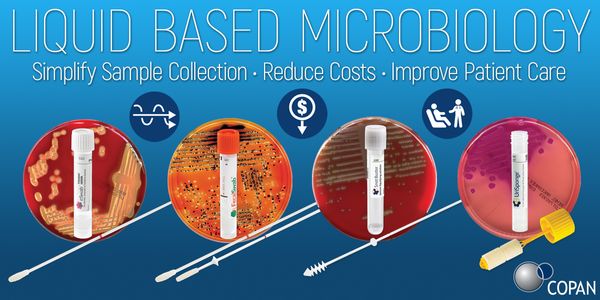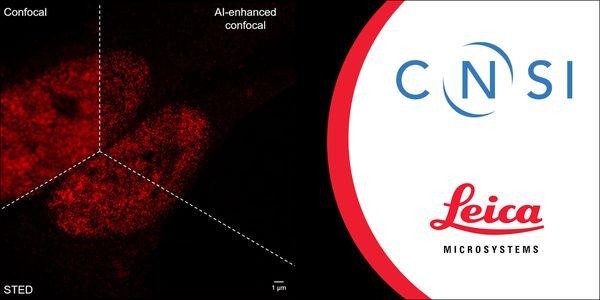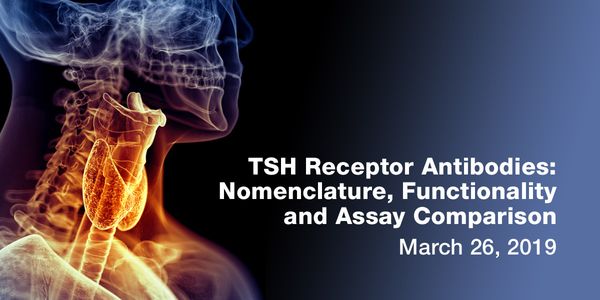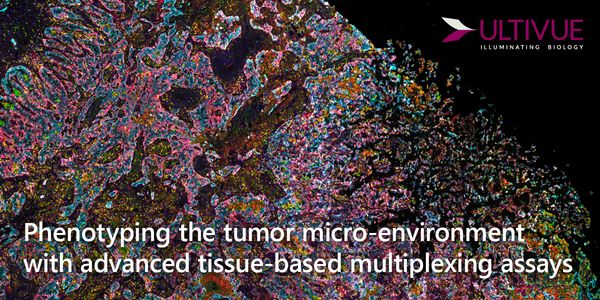Genetic drivers of cancer can be dysregulated through epigenetic modifications of DNA. Although the critical role of DNA 5-methylcytosine (5mC) in the regulation of transcription is recognize...
APR 23, 2019 | 11:00 AM
DATE: April 23, 2019TIME: 11:00am PDT, 2:00pm EDT Cataract, a clouding of the ocular lens, is the leading cause of blindness worldwide. Currently the only means of treatment i...
APR 23, 2019 | 9:00 AM
DATE: April 23, 2019TIME: 9:00am PDT, 12:00pm EDT ABSTRACT: Learning Objectives: List benefits of liquid based collection and transport systems...
APR 17, 2019 | 9:00 AM
DATE: April 17, 2019TIME: 9:00am PDT...
APR 11, 2019 | 10:00 AM
DATE: April 11, 2019TIME: 10:00 AM PSTWith the recent FDA approval of the CAR-T cell therapies Kymriah® from Novartis and Yescarta® from Kite Pharma there has been a renewed i...
Determining which patients would derive clinical benefit from immunotherapy is a compelling clinical question. Biomarkers have been shown to predict therapy outcome in various types of cancer...
